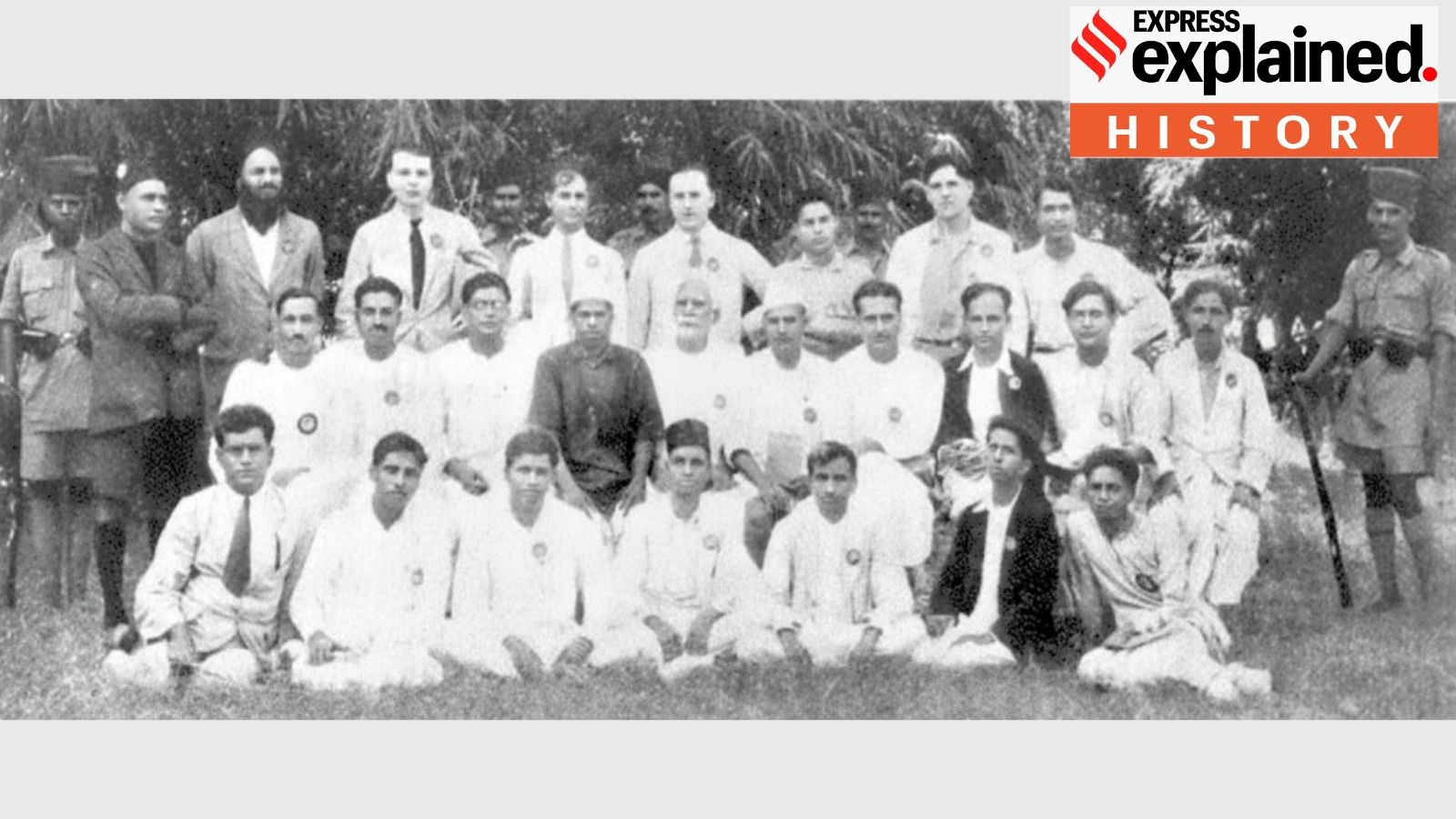Description
Copyright infringement not intended
Source: Historical Medallions
Context
After 250 years, Captain James Cook's long-lost ship, HMS Endeavour, was discovered off the coast of Newport Harbour, Rhode Island.
About James Cook
- James Cook (1728–1779) was a British naval captain, navigator, and explorer.
- James Cook was born on October 27, 1728, in Marton, Yorkshire, England. At the age of 18, he began sailing on the North Sea. He studied mathematics on shore.
- In 1755, Cook joined the British Royal Navy. He was quickly promoted and assumed command of a ship at the age of 29.
- He fought in several battles in what is now Canada during the French and Indian War.
- Following the war, he charted the coast of Newfoundland.
- He sailed the seaways and coasts of Canada (1759 and 1763-67) and led three expeditions to the Pacific Ocean (1768-71, 1772-75, and 1776-79), traveling from the Antarctic ice fields to the Bering Strait and from North America's coasts to Australia and New Zealand.
- In 1766, he published a paper about a solar eclipse, which earned him recognition as a scientific observer.
Captain James Cook’s Three Voyages of Discovery
|
Voyage
|
Years
|
Objective
|
Key Achievements
|
Outcome
|
|
First Voyage
|
1768–1771
|
Scientific expedition to the Pacific Ocean (for Royal Society of London)
|
Charted New Zealand; reached southeastern Australia in 1770; named it New South Wales
|
Claimed Australia for Great Britain; returned to England in 1771
|
|
Second Voyage
|
1772–1775
|
To search for a southern continent (Terra Australis)
|
First European to cross the Antarctic Circle; discovered and mapped many Pacific island groups
|
Did not find Antarctica, but expanded geographic knowledge
|
|
Third Voyage
|
1776–1779
|
To discover a Northwest Passage across North America
|
First European to visit the Hawaiian Islands; explored Arctic Ocean coastlines
|
Killed by Hawaiians on return visit in 1779
|
Source: Ndtv.com
Practice Question:
Q. With reference to Captain James Cook’s voyages, consider the following statements:
- During his first voyage, he charted New Zealand and claimed eastern Australia for Britain.
- He was the first European to cross the Antarctic Circle.
- He successfully discovered the Northwest Passage during his third voyage.
- He was the first European to visit the Hawaiian Islands.
Which of the statements given above are correct?
A) 1 and 2 only
B) 1, 2 and 4 only
C) 1 and 3 only
D) 2, 3 and 4 only
Correct Answer:
B) 1, 2 and 4 only
Explanation:
- Statement 1: Correct – In his first voyage (1768–1771), Cook charted New Zealand and reached southeastern Australia, naming it New South Wales and claiming it for Britain.
- Statement 2: Correct – On his second voyage (1772–1775), he became the first European to cross the Antarctic Circle, although he did not reach Antarctica.
- Statement 3: Incorrect – He attempted to find the Northwest Passage in his third voyage (1776–1779) but did not succeed.
- Statement 4: Correct – During the third voyage, he became the first European to visit the Hawaiian Islands.
|








